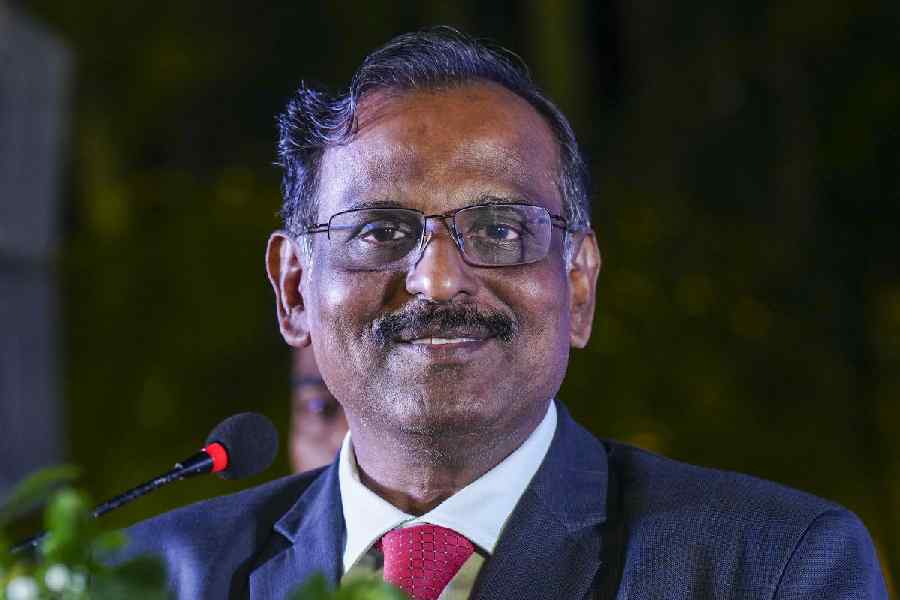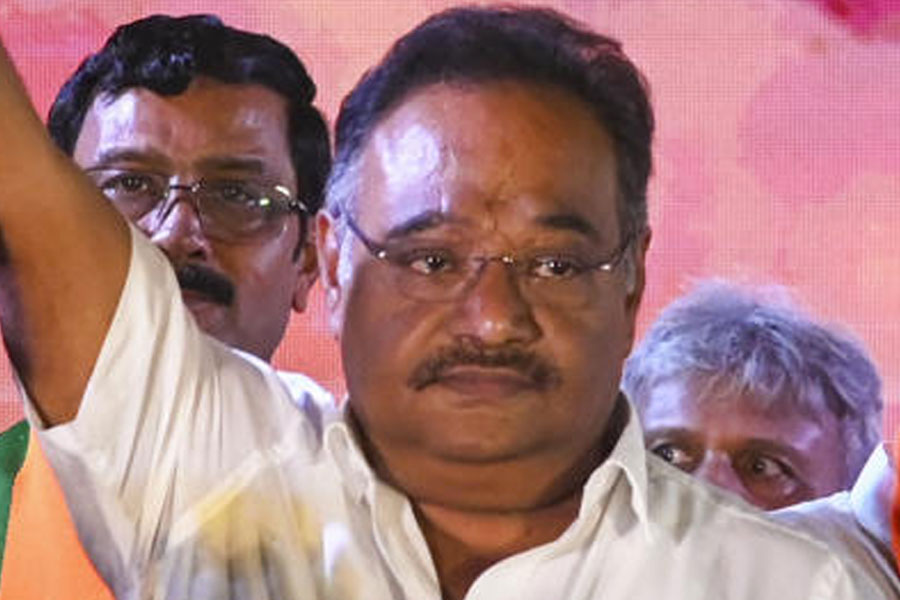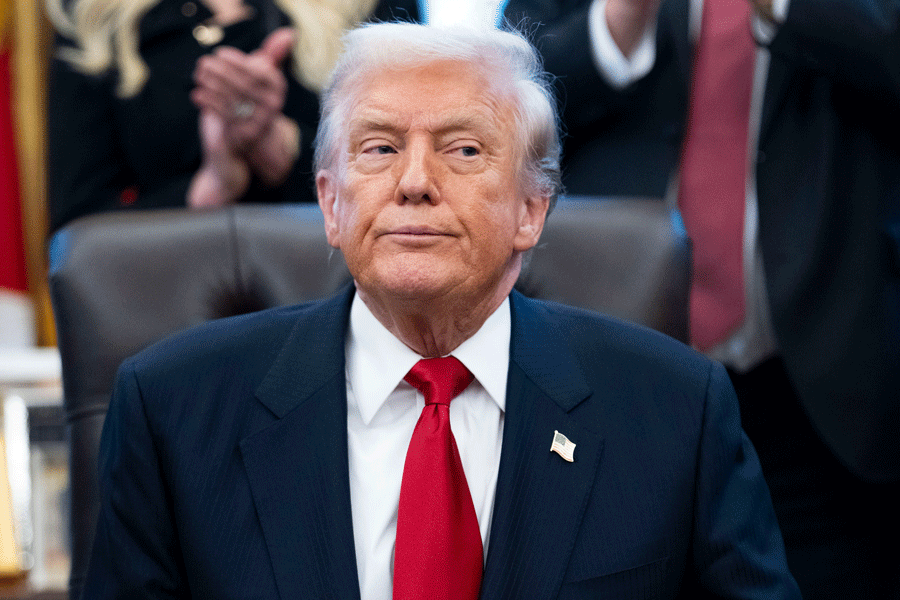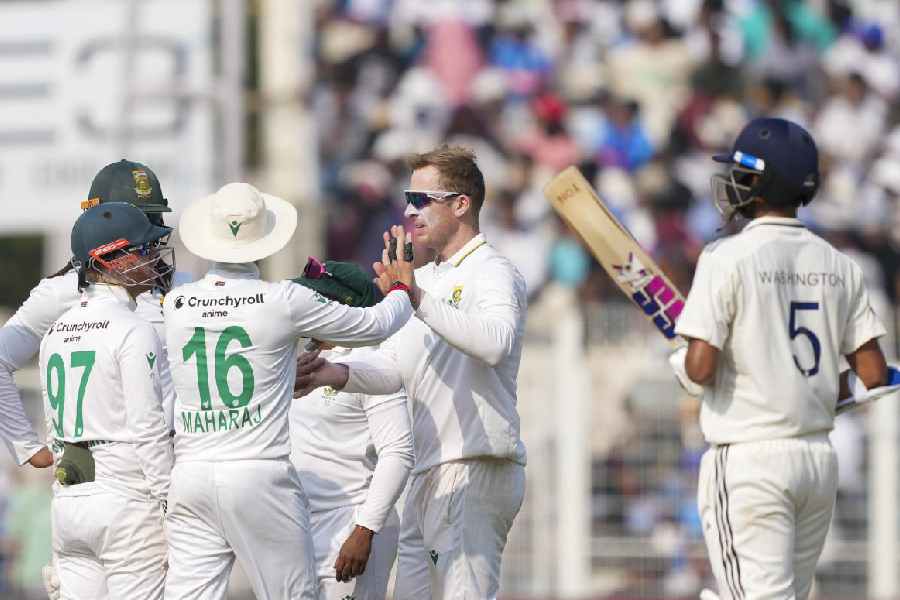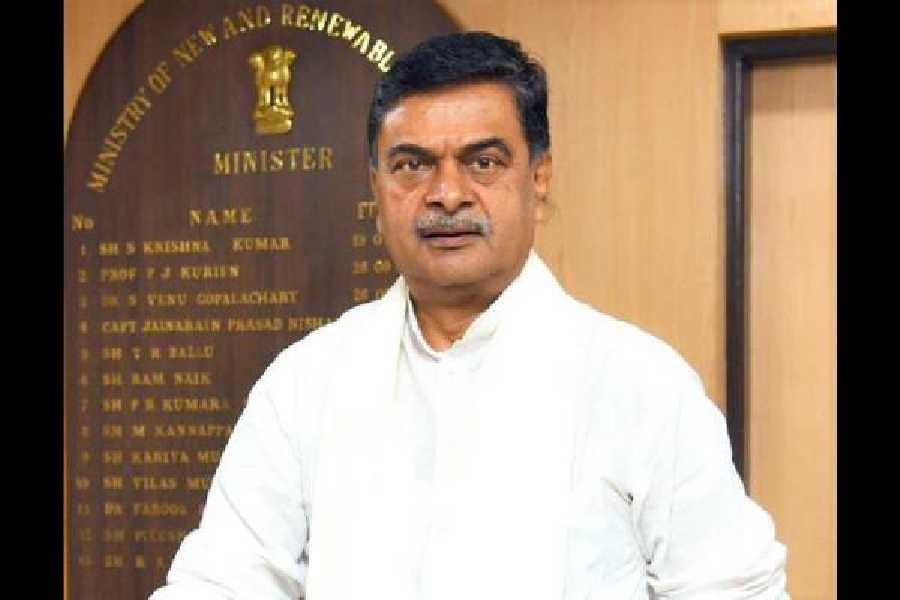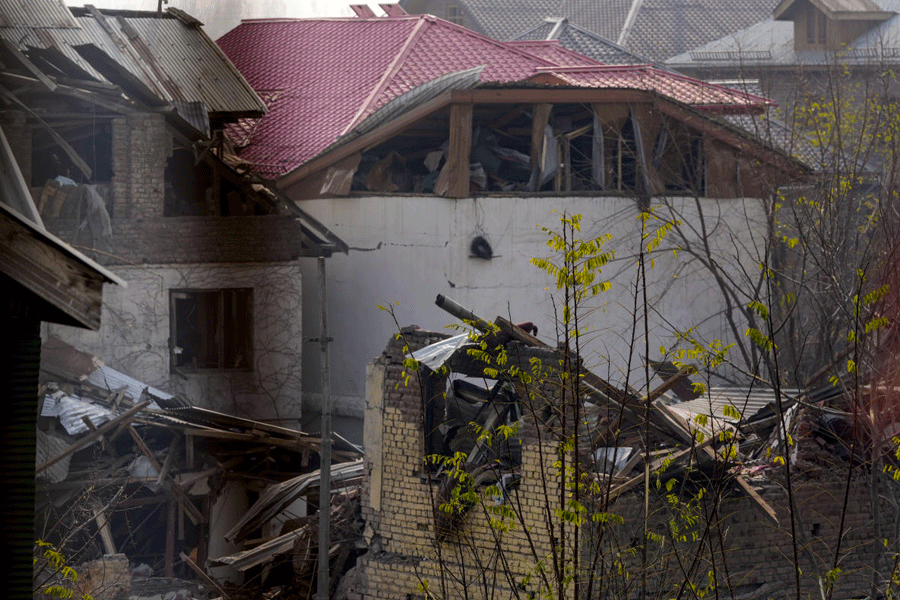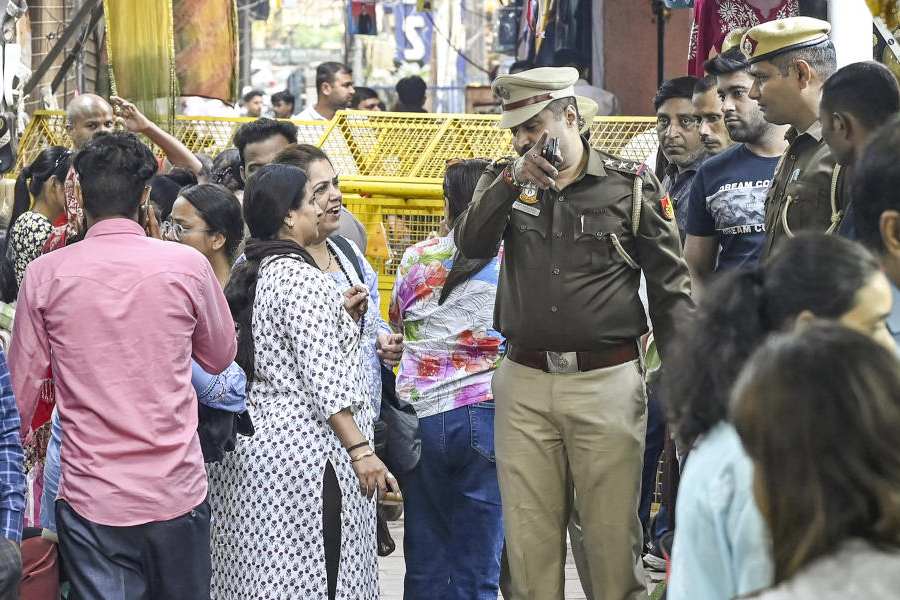New Delhi, Oct. 23: A polio virus eradicated from India a decade ago has surfaced in a new avatar for a second consecutive year, paralysing three children and confirming long-standing fears about rare risks associated with the oral polio vaccine.
India has recorded a sharp drop in wild polio cases this year — 39 so far in contrast to 741 in 2009 — but one child in Tamil Nadu, and two children in Uttar Pradesh have been paralysed by vaccine-derived polio virus (VDPV) this year.
The VDPVs are mutated versions of the weakened, but live polio viruses used in the oral polio vaccine that have regained the ability to cause paralysis in humans. Such VDPVs first surfaced in India in 2009 — 17 cases in Uttar Pradesh, 3 in Bihar, and 1 in Assam.
Polio viruses are classified into three types depending on their genetic makeup, and 19 of the 21 VDPVs last year and the three VDPVs this year were derived from the type-2 polio virus that had been eradicated in 1999. Polio eradication will be complete only when type-1 and type-3 viruses have also been eradicated. The National Polio Surveillance Project (NPSP) has asserted that the VDPV type-2 is different from the wild virus type-2. “The detection of VDPV type-2 does not mean a resurgence of wild virus type-2,” the NPSP has said in a document.
But doctors point out that there is no difference in outcome for vulnerable children.
“Whether it is wild virus or VDPV, it causes paralysis,” said Vipin Vashishtha, a paediatrician in Bijnore, Uttar Pradesh, and convener, polio eradication committee of the Indian Academy of Paediatrics (IAP).
“VDPV is by definition and by genetics derived from vaccine virus — so VDPVs are direct descendants of oral polio vaccine,” said T. Jacob John, a senior virologist formerly at Christian Medical College, Vellore, and a member of a government advisory group on polio.
Cases of VDPV are rare and occur in persons with immuno deficiency in areas where immunity against polio viruses is low. Routine immunisation is expected to protect children from the type-2 polio virus, Vashishtha said.
“The VDPVs show that routine immunisation levels are still unacceptably low,” he said.
The NPSP said the benefits of the oral polio vaccine far outweigh the extremely low risk of VDPV. “The oral polio vaccine is extremely safe and effective in protecting children against lifelong polio paralysis,” it said in a document on VDPV in India, which also points out that the oral polio vaccine has reduced polio incidence in India and worldwide by 99 per cent.
But the IAP has repeated its call for the government to introduce an alternative vaccine — the inactivated polio vaccine (IPV) — which contains killed viruses and does not carry the risks of VDPV or vaccine associated polio paralysis, another possible, but extremely rare risk.
“Any focus on these extremely rare risks associated with the oral polio vaccine could be counterproductive to the current polio eradication drive,” said virologist Jacob John. “At this point, when we’re close to eradication, we don’t want people to lose confidence in the vaccine.”
The Union health ministry has so far not used IPV in its current efforts to eradicate polio — although its own technical advisory body on polio and the IAP had more than two years ago recommended the introduction of inactivated polio vaccine.
“States that have been free of polio and are not contiguous with Uttar Pradesh or Bihar need to introduce the IPV,” Deepak Ugra, president of the academy of paediatrics, said in a statement released today, the eve of World Polio Day. The IAP has also pointed out that most developed countries have shifted to IPV.
While the oral polio vaccine has been used since the early 1990s, a large number of children have become paralysed by wild polio virus despite taking multiple doses of the vaccine. One senior official familiar with government data said children who have taken more than eight or even 12 doses of the vaccine have developed polio.
Five years ago, the health ministry had deployed a more potent oral polio vaccine against type-1 polio viruses. “The 16 cases of polio type-1 this year suggest that we’re still far from eliminating type-1 despite those efforts,” Vashishtha said.
Over the past decade, VDPVs have turned up in China, Egypt, Hispaniola, Finland, Indonesia, Myanmar and Pakistan.
“As long as oral polio vaccine continues to be used anywhere in the world, there will be a continued threat of VDPV and hence of outbreaks of (polio),” Philip Minor, a virologist at the National Institute for Biological Standards and Control in the UK, wrote last year in the journal Vaccine.


